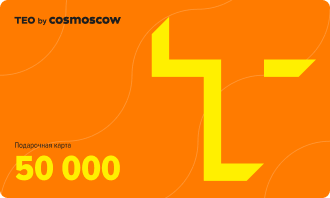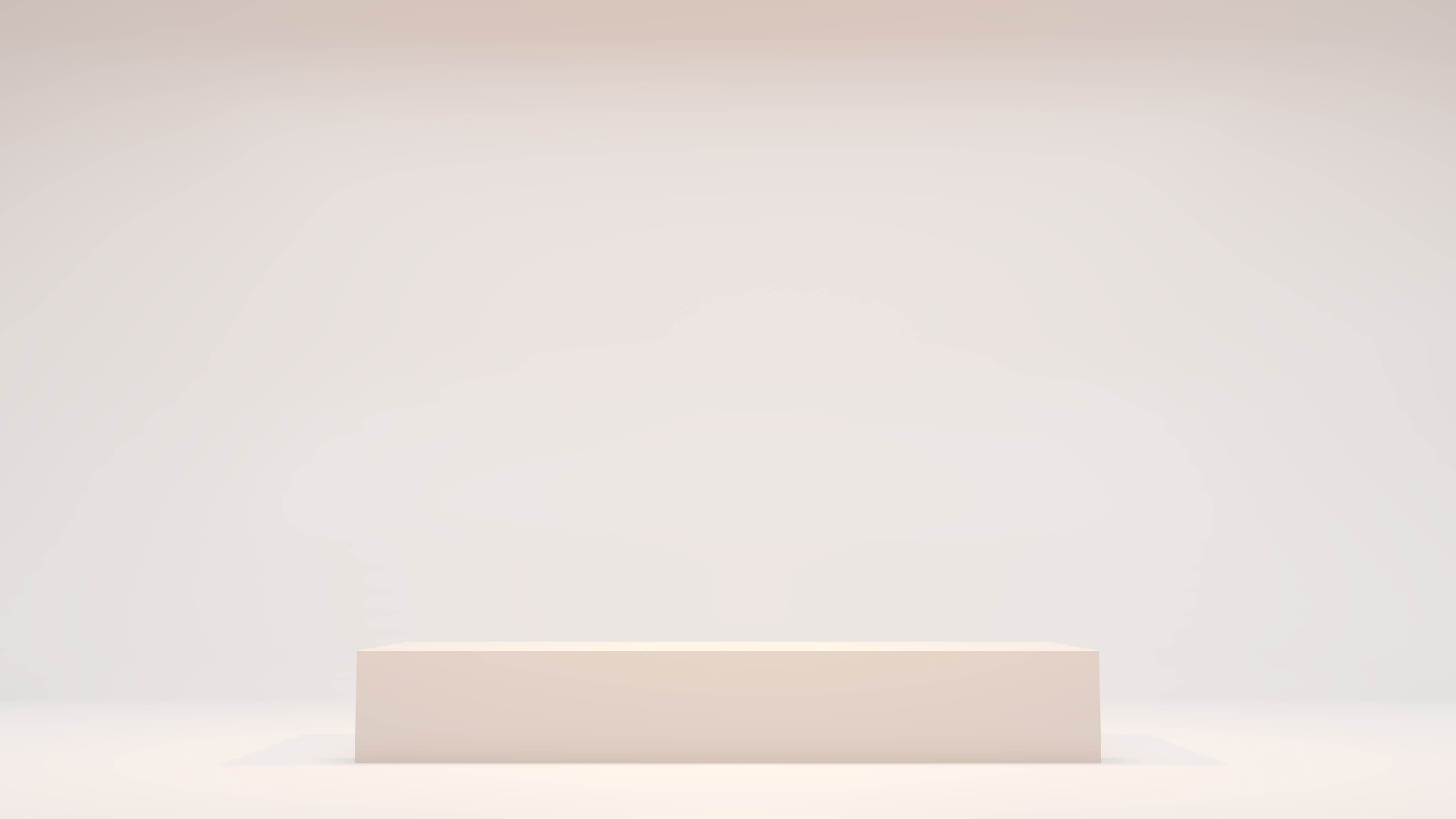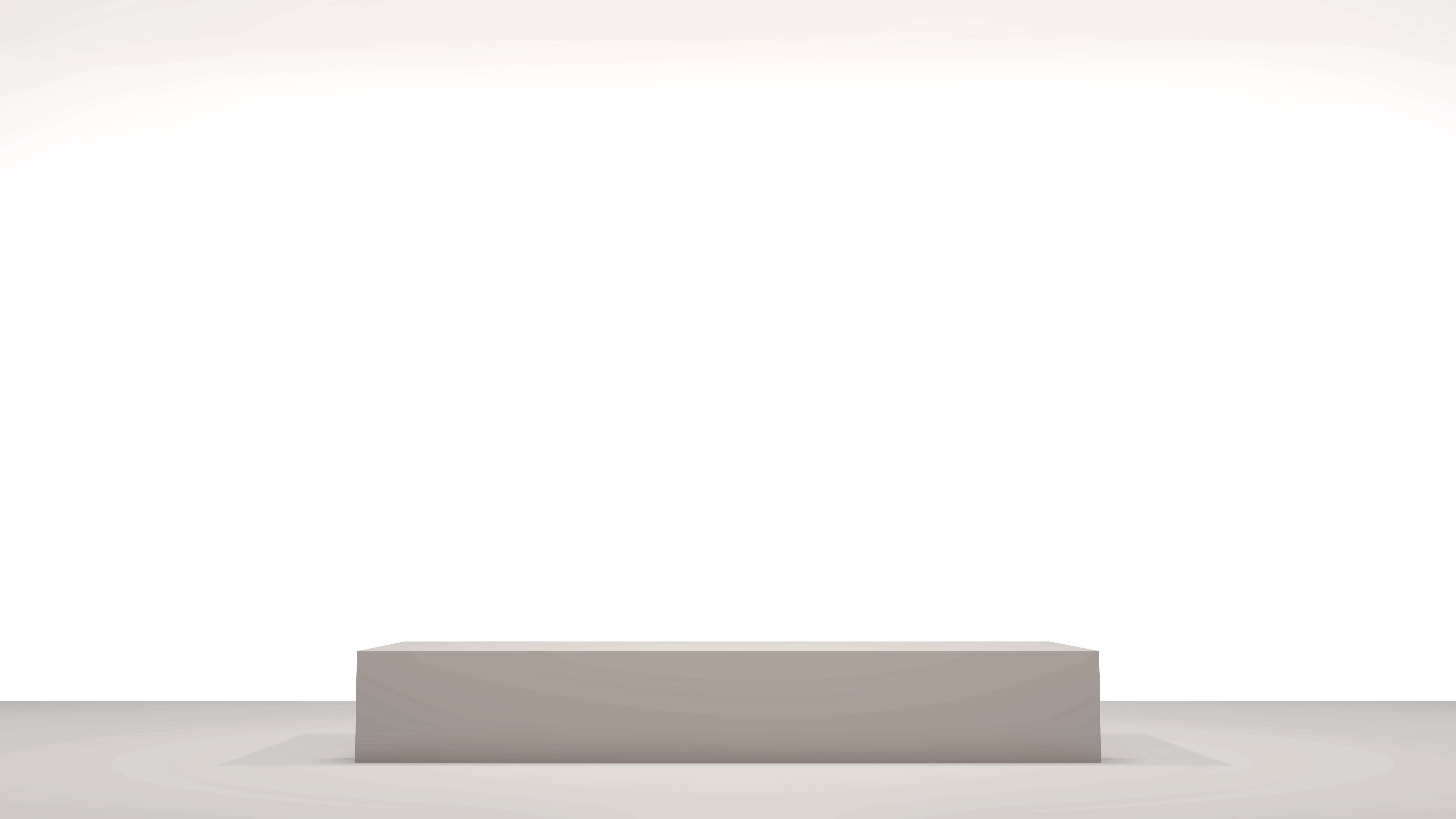Babushka

Denis Prasolov was born in 1973 in the town of Apostolovo, Ukraine. He lives and works in St. Petersburg. In 1997 he graduated from the sculpture department of the Mukhina St. Petersburg Academy of Art and Industry (now the Stieglitz St. Petersburg Academy of Art and Industry). During his studies, he interned in Germany at the Berlin Arts Academy of Weissensee (Kunsthochschule Berlin-Weißensee). He also spent an educational practicum in Finland at the University of Joensuu. Later, during apprenticeships abroad in Germany and Finland, the sculptor added to and reinterpreted his academic education.
Collective memory, science, and myth creation have made modernity multidimensional. Information about the past, present, and possible future, about the real and imagined, about the authentic and the fake, amasses intensely and circulates in space. It is thanks to this that the contemporary individual most often does not “know”, but “remembers”: snippets of information intermingle, their meaning changes -- it is how new mythology is formed and old mythology is transformed. It is what Prasolov intuitively expresses in his art. Mythological thinking has become an organic part of his artistic method. Behind each of Prasolov’s pieces lies a story not conjured up by the artist, but rather resurrected from the past (recent or ancient), which is social in its material and form. In his sculptures the inanimate comes alive, the natural world mutates and is endowed with human characteristics. There is huge diversity found in his images, but they are brought together by a common, fantastic nature, the roots of which can be found in reality.
Prasolov uses motifs from various ancient cultures in his sculptures and objects: primitive rituals (transformation using animal skins in the Jackets series, 2015), the lore of the Slavic peoples (a bear’s paw as an amulet protecting livestock in his piece Cattle God, 2014, the pea as a symbol of fertility and family in his work Pea, 2017), and the myths of ancient Greece (the myth of Actaeon in the Actaeon’s Dogs series, 2017). Prasolov also calls on later semimythological symbols, such as “the all-seeing eye” from 18th-century Freemasonry (in the 2016 Resources project), a “grey goo” from an invented apocalyptic scenario of the late 20th century (the Grey Goo project, 2018), or a duck, with the meaning of “disinformation” (from Russian slang usage, in the installation Non Testatum, 2019). Old “totems” acquire different interpretations in a new rendering and modern context. With their aid, Prasolov creates commentary on historical and social-cultural phenomena, whether it be the never-ending struggle for resources and distribution of power (in the Resources project, 2016), the plant and animal “conquerors of the cosmos” that have been forgotten by humanity (in his series First Detachment, 2017), or society manipulated into doing as the mass media says (in the installation Non Testatum, 2019). Technological effectiveness, monumentality, creative combinations of materials, and the integration of ready-made objects – the precise execution of Prasolov’s sculptures enters into a dissonance with his complex, if laconic, images. They do not weaken each other, but rather challenge the viewer to reflect and to feel. The creative world of Denis Prasolov has been dehumanized. Contemplation of the human occurs without any human images, by means of transferral and anthropomorphization, setting aside and removing the extraneous, focusing on the essence, the ideas.
The anthropomorphic and zoomorphic forms of the sculptures leave unanswered questions. Is this a hypothesis about the past or a possible future? An ancient myth or post-humanism?
 10
40
10
40


Submit an application
We will inform you about the availability of the product by phone after checking
